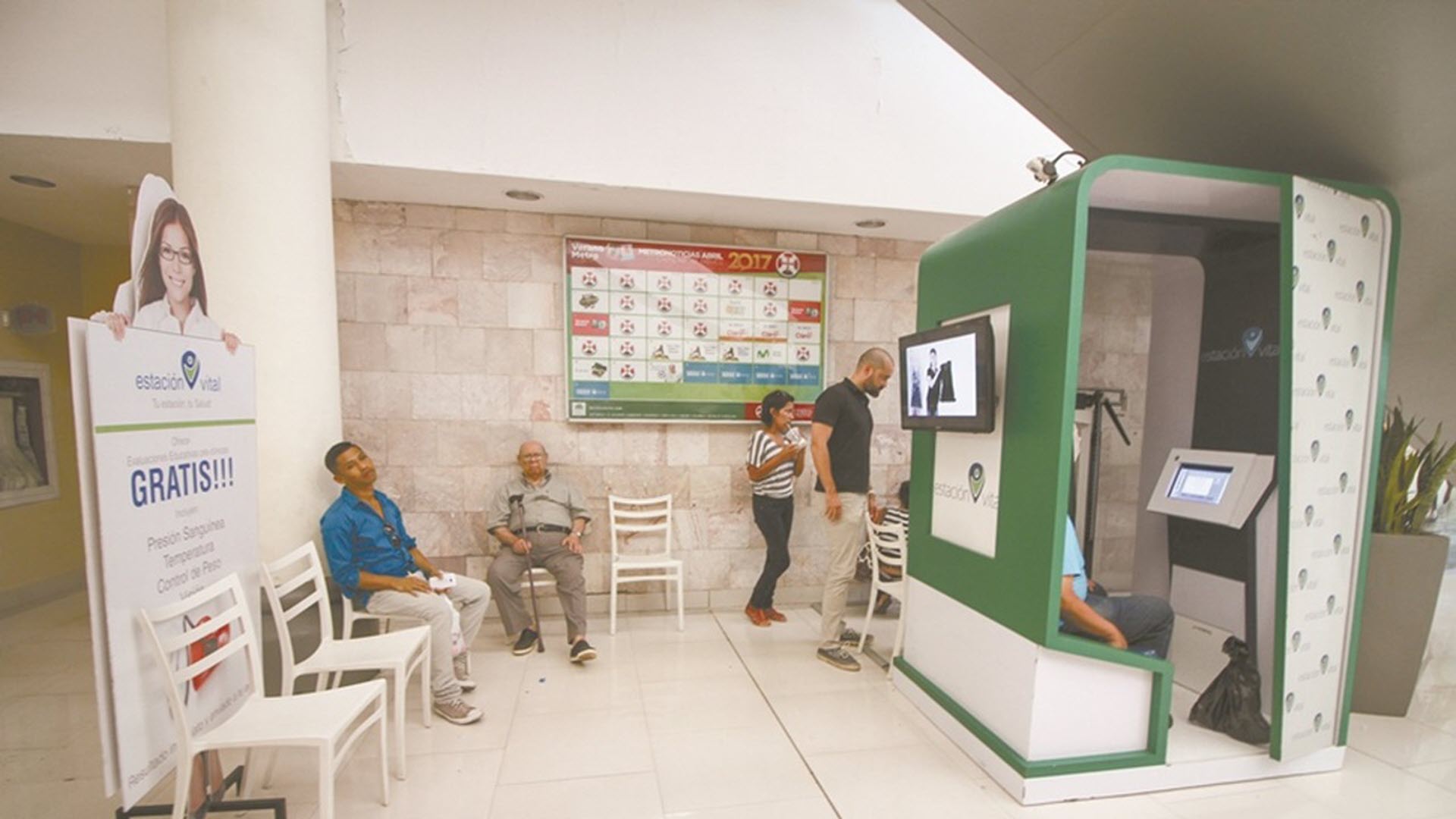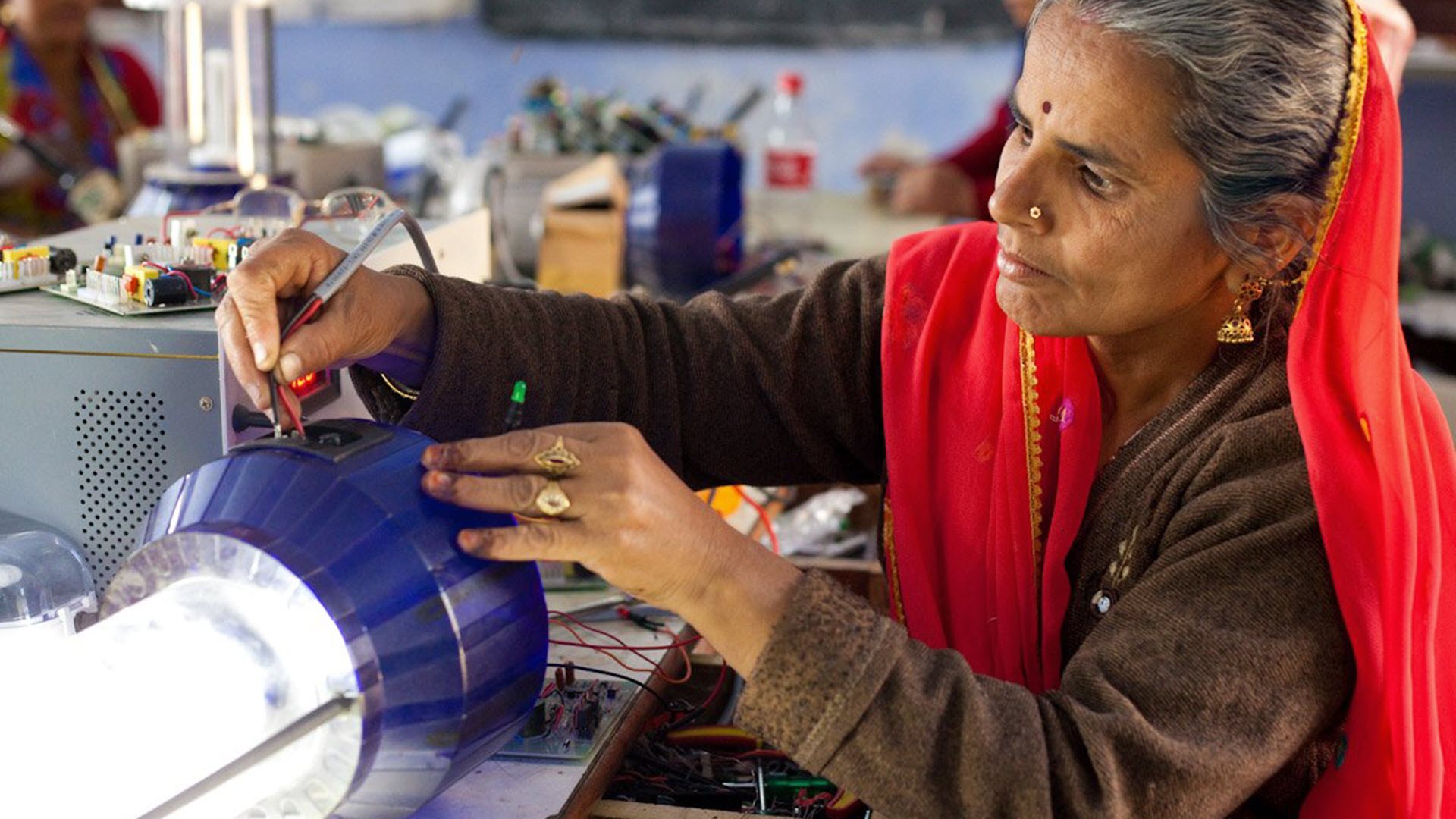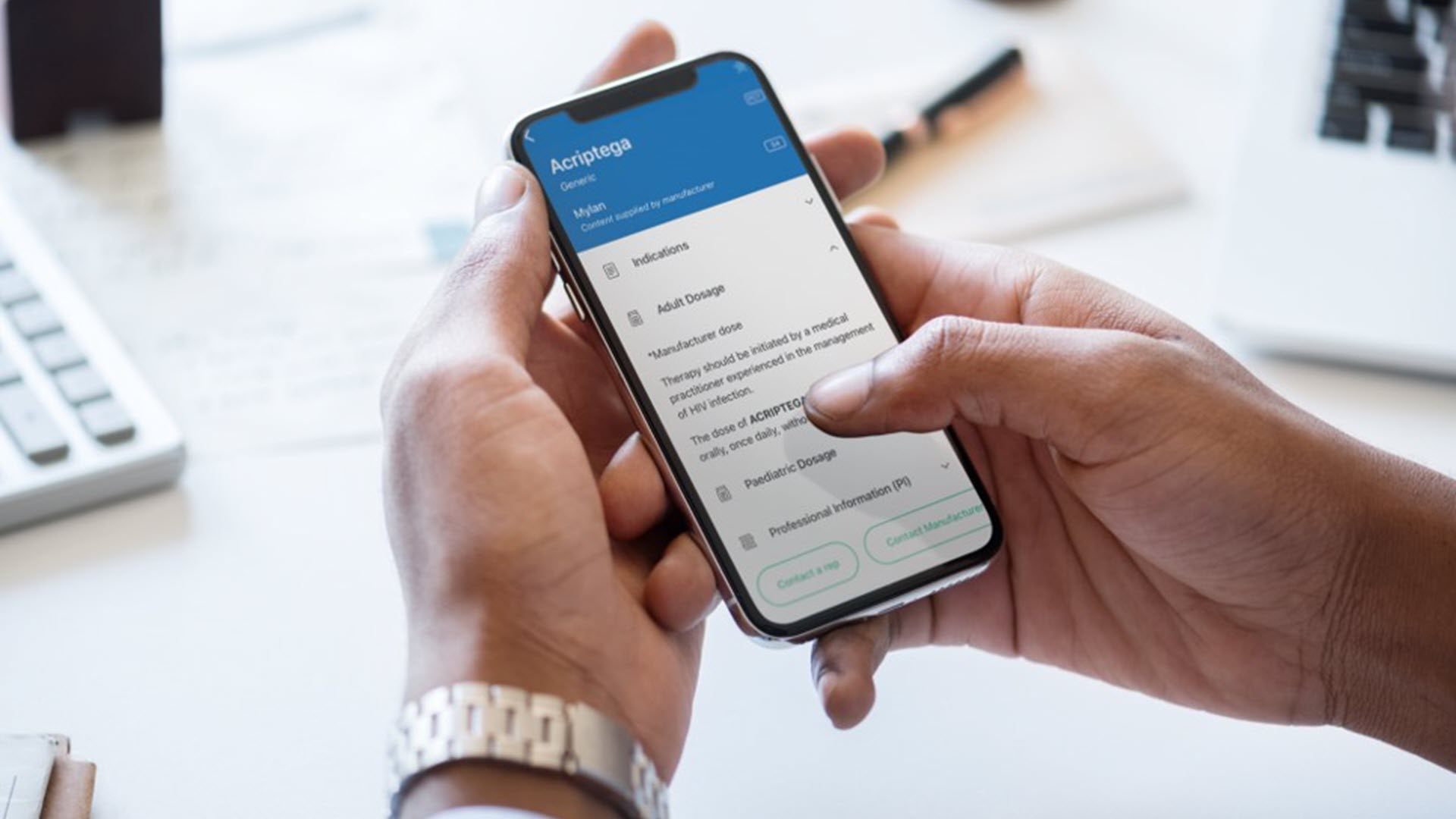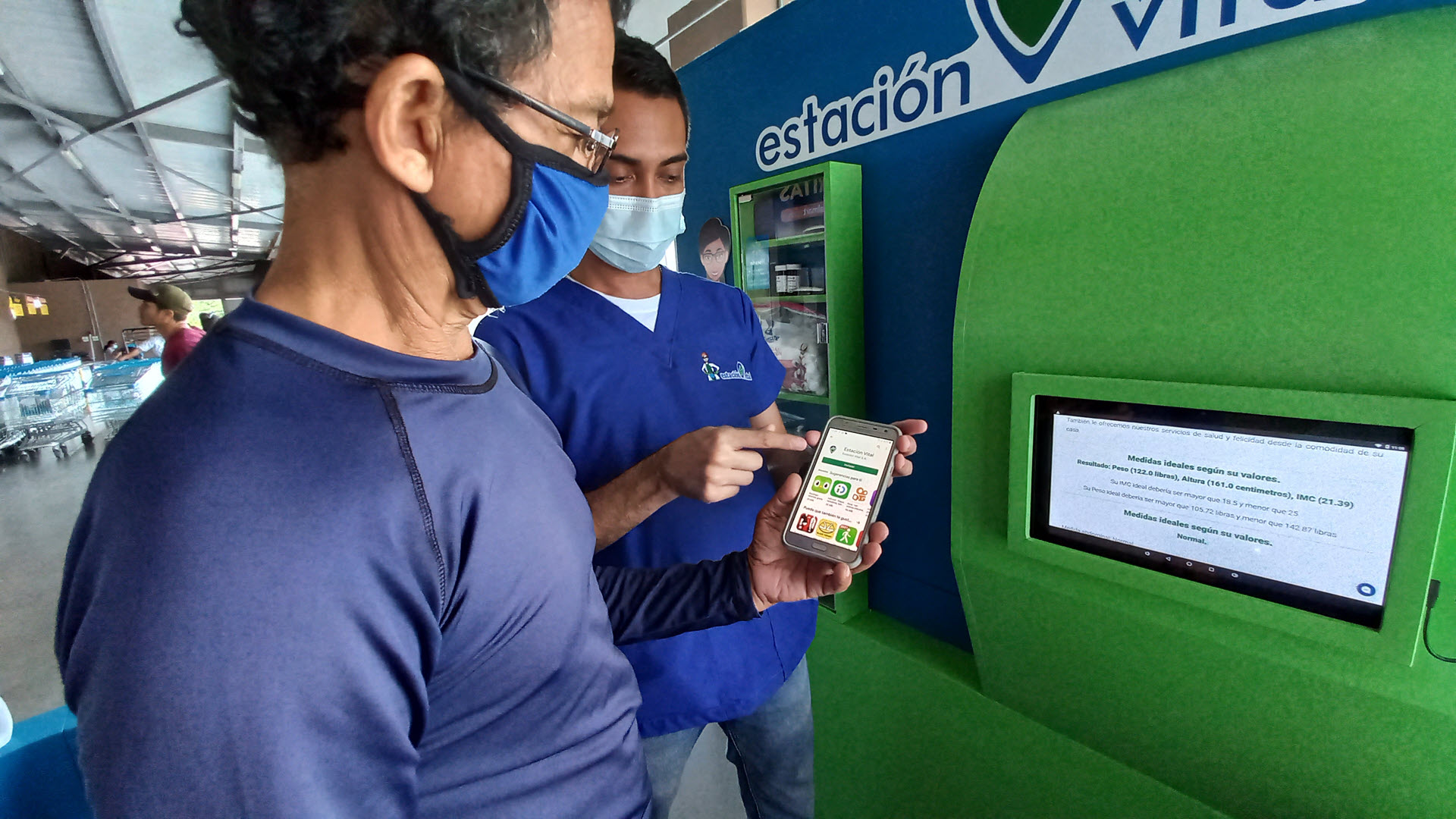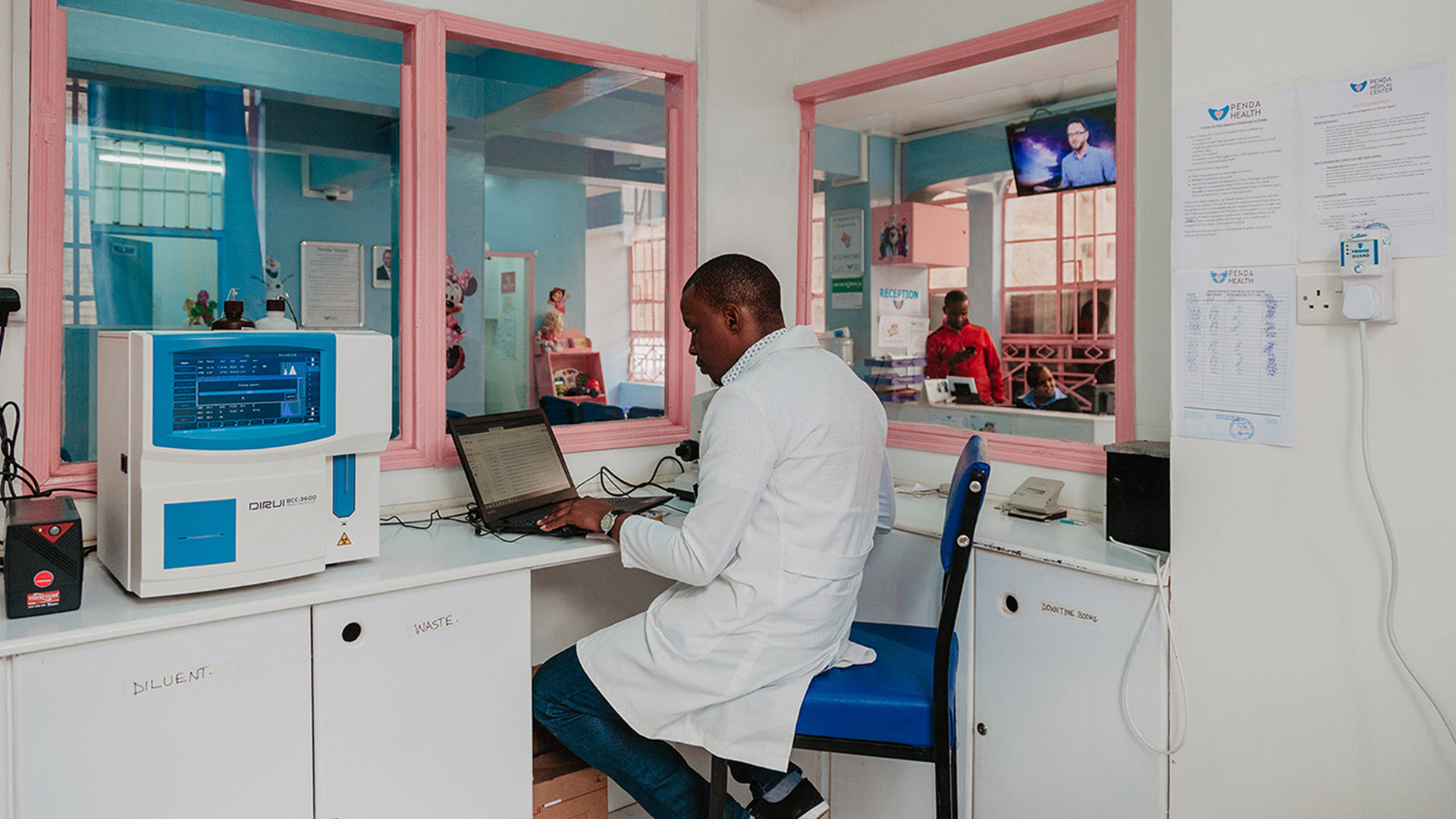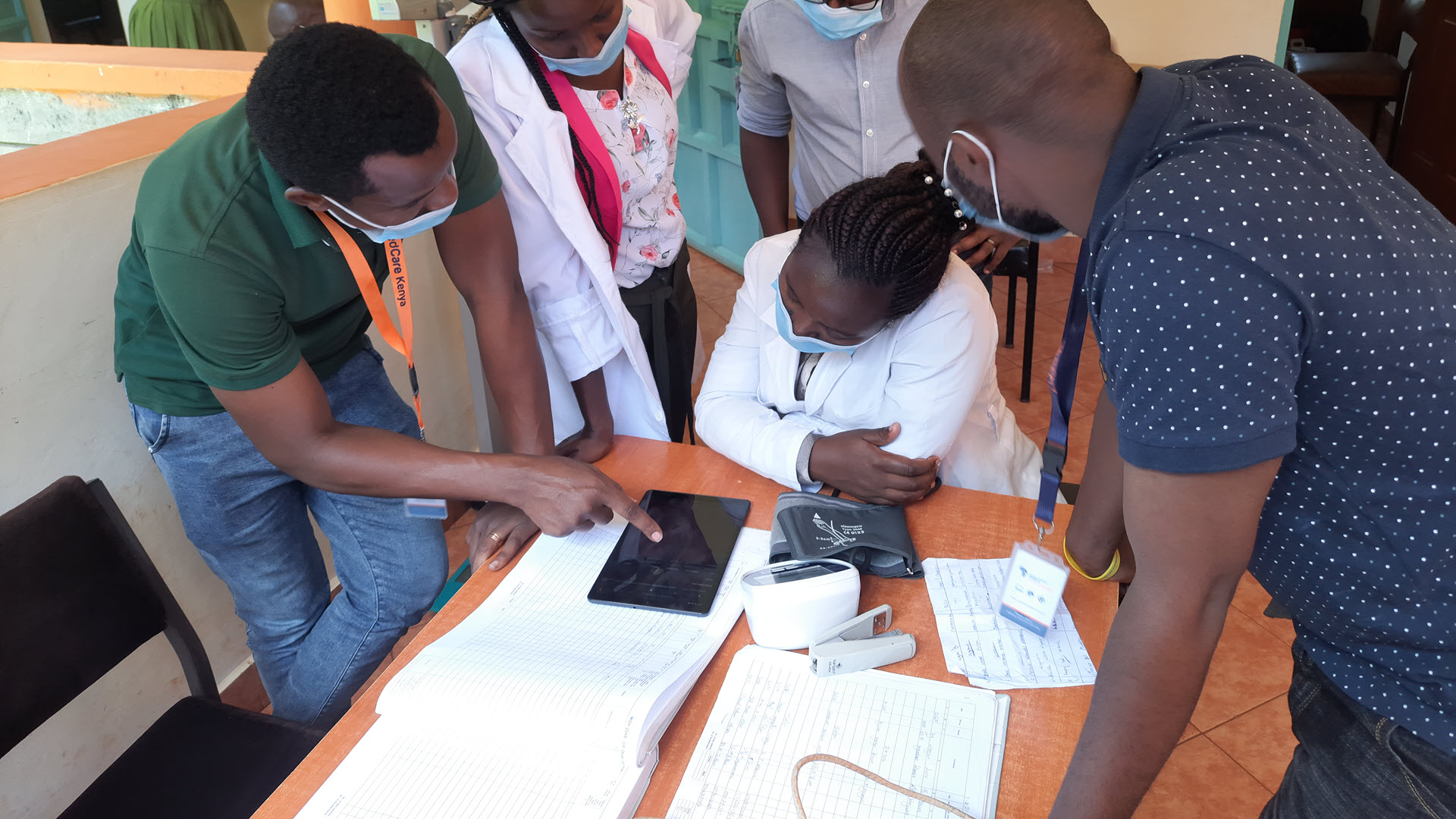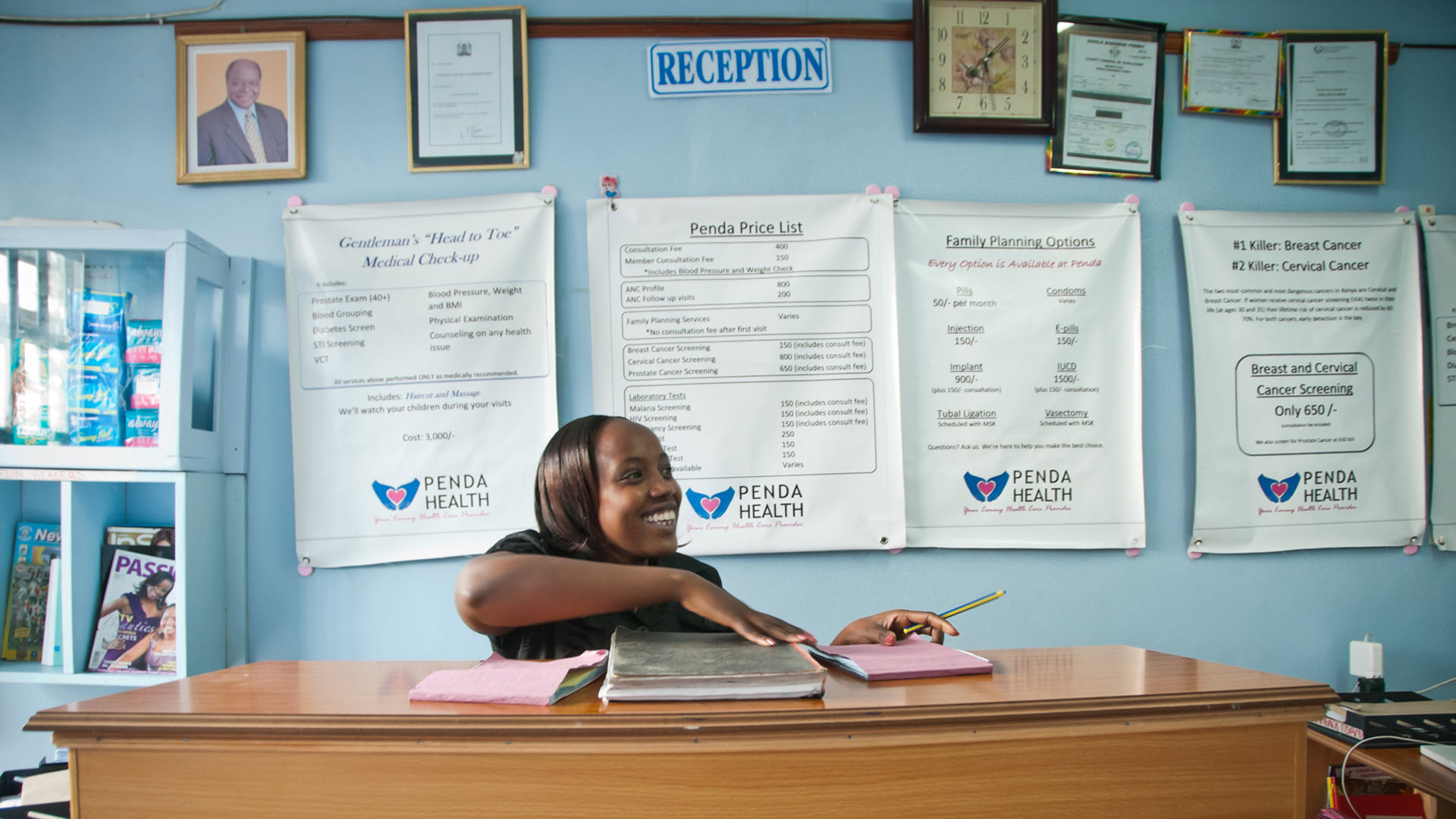“We help hospitals use our system to develop new practices for better clinical outcomes. For example, task shifting, protocolized care, telemedicine, remote care and clinical decision support can be facilitated by connected systems and the use of data. A particularly powerful way of driving progress is by setting up data-driven continuous improvement cycles with clear, short term objectives and desired outcomes. It can be around anything the local team wants to improve: from patient satisfaction, cost of care, clinical outcomes, staff functioning to performance of the health facility itself. This creates a social construction of change, powered by local ownership, true willingness to change and direct handles to act. It makes change happen and can range from small step improvement to complete system change.”
Big enough, strong enough
Five social entrepreneurs active in low- and middle-income countries, innovating very different areas of digital healthcare – what are their shared visions of what it takes to be successful? And how is it different from pure commercial entrepreneurship?
Social entrepreneurs are driven by the shared desire to make a positive humanitarian impact.
Mohammed: “All entrepreneurs want to solve something for someone. But in low- and middle-income health systems, the problem is vast, so thinking you can solve everything for everyone is pointless. It would be best to be very specific about the niche you want to address and then come up with something that brings in your unique expertise or solution and solves it better than others can. But on the other hand, you need to choose a big enough scope to be relevant. You see it in the five of us: we all have very specific approaches to particular issues, but each of these represents great humanitarian challenges: procurement inefficiencies, medication errors, the obesity pandemic, quality and affordability of primary care clinics.”
Certainly, the needs and opportunities for improvement in low- and middle-income settings are complex, but how can we address these complexities with limited available resources and competing priorities? Is there a willingness to invest in digital innovation?
Rama: “Low- and middle-income countries are usually not early adopter markets for innovation, that is true. They are thin markets. Therefore, the best starting point for digital innovation is to start with technology that your target customers are already using and then add incremental innovation on top. At Penda Health, we want to offer a better patient experience by bringing in digital. We realized that a lot of people already use WhatsApp. So, we have chosen that as our main means of engaging with our clients throughout the patient journey. We have fully integrated WhatsApp with the electronic medical records of our clinic, so people can make direct queries or receive medical advice from it. This led to very quick adoption, with more than 3,000 people using it within three months of introduction.”
Nic adds a similar observation: “The purchasing power of our customers is limited. People want low-cost solutions and immediate impact, with little tolerance for added costs for quality assurance over time. At the same time, they rightfully ask value for money, and we often have to cope with fragmentation and lack of trust in technology. This is where we need to strike the right balance and make sure the innovation is strong enough to bring about what is needed and become trusted.”
Releasing the power of local innovation
It is well known in the innovation landscape that an initial lagging behind can turn into an advantage, as not having to integrate with a legacy system can free up room for leapfrogging and trying new things. How relevant is this in the case of the social enterprises featured here – and can high-income countries learn something from innovations in low- and middle-income environments?


